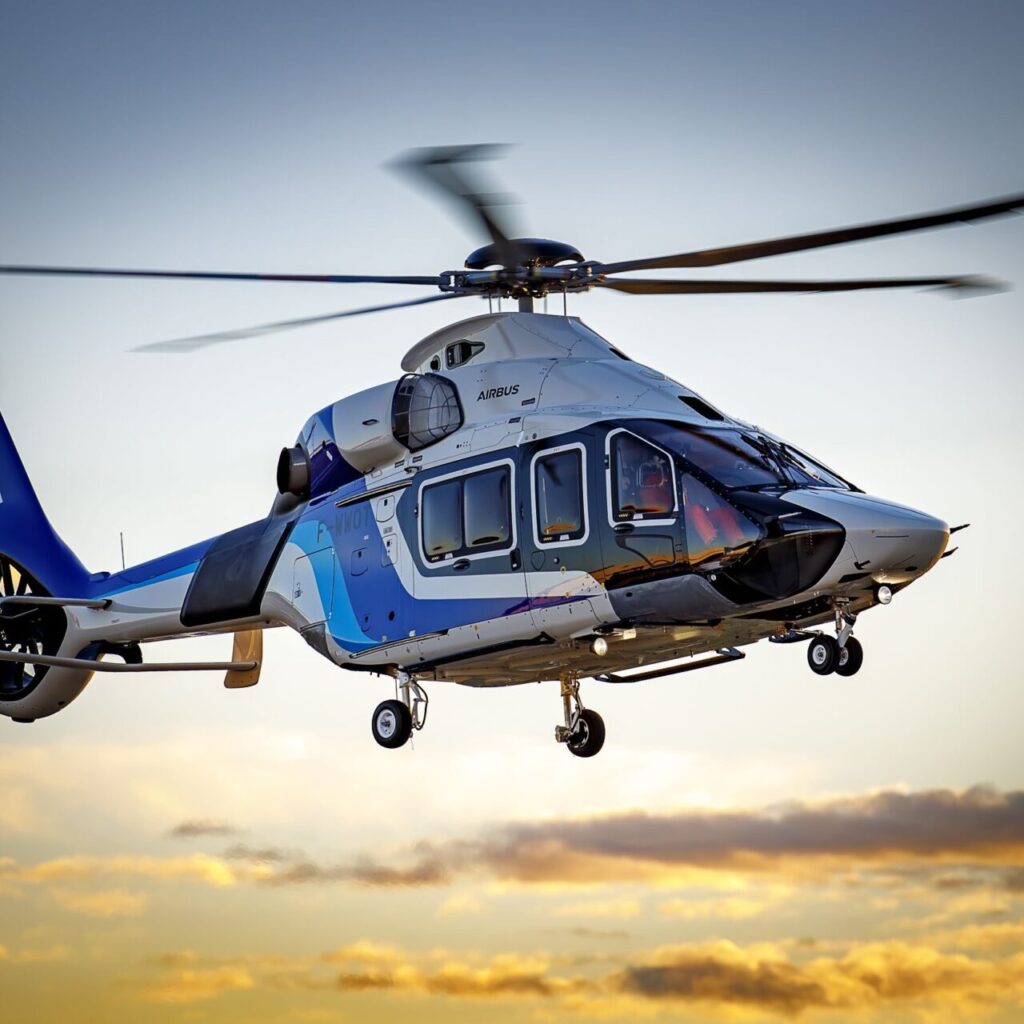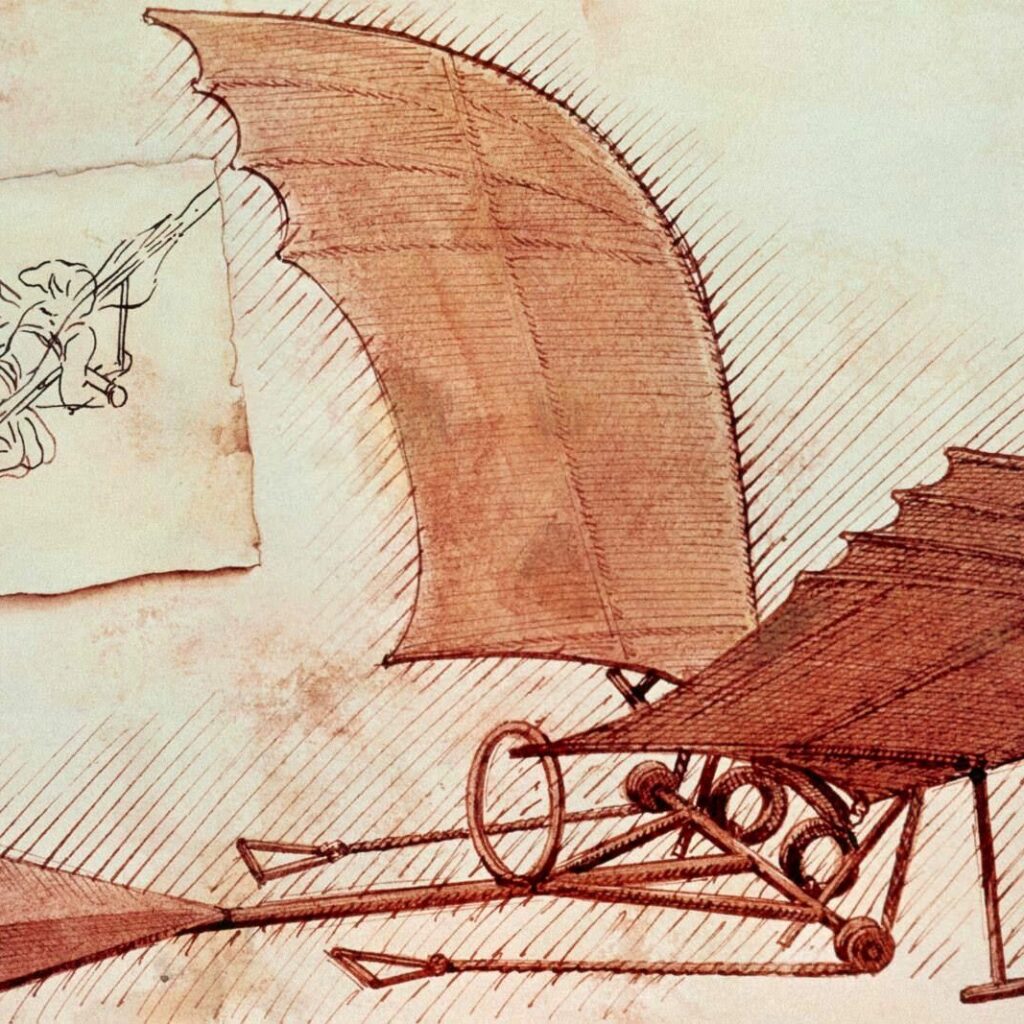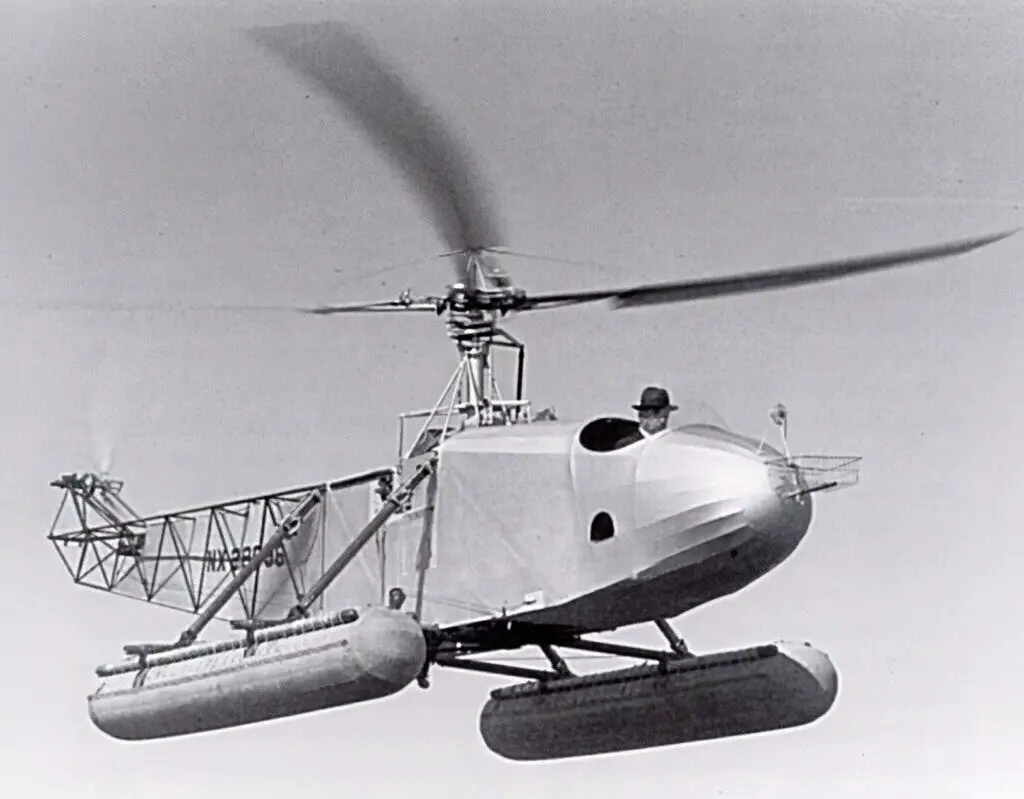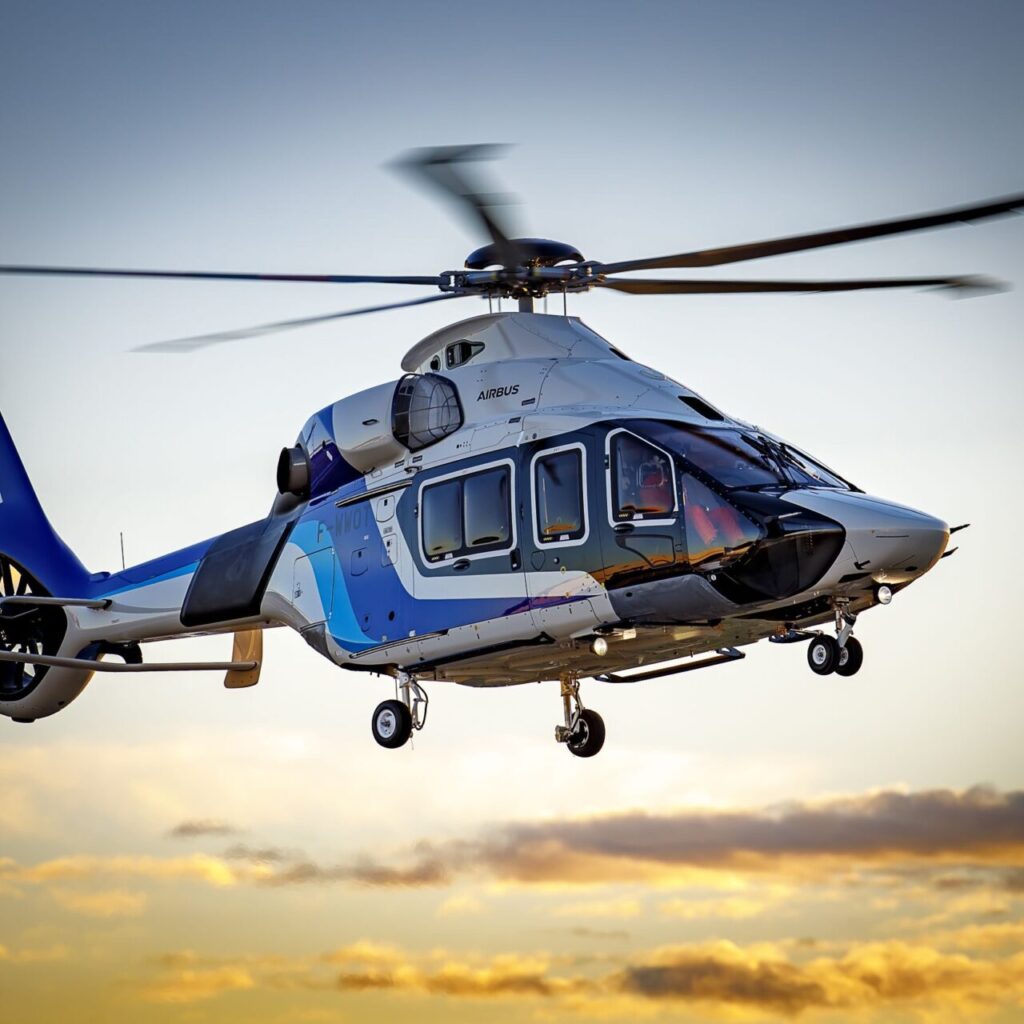
Introduction:
Imagine a world where the sky is not just a distant dream but a realm accessible to humankind. The vision of flying has captivated our imaginations for centuries, inspiring countless inventors and dreamers to defy gravity. Among the most remarkable achievements in aviation is the helicopter—a marvel of engineering that combines elegance with functionality, allowing us to soar vertically and hover effortlessly. From the ancient bamboo-copters of China to the groundbreaking designs of the 20th century, the journey of helicopter development is a tale of ingenuity, perseverance, and the relentless pursuit of flight. This exploration of the discovery of helicopters reveals not just the mechanics of flight but also the dreams that fueled their creation, transforming the way we navigate our world. Join us as we delve into the fascinating history of this extraordinary invention that has changed the landscape of transportation and rescue and continues to inspire awe and adventure.
Early Concepts and Inventions
The earliest ideas resembling helicopters can be traced back to ancient China, where toys known as bamboo-copters were created around 400 BC. These simple devices utilized a rotor design to achieve limited lift when spun between the hands. In the 15th century, Leonardo da Vinci conceptualized flying machines inspired by these toys, although none of his designs were built during his lifetime. In the 19th century, significant theoretical groundwork was laid by Sir George Cayley, who, in 1843, articulated the principles of lift, drag, thrust, and weight that are critical to flight. His insights inspired many inventors to explore vertical flight.

Pioneering Helicopter Designs
The first notable attempts at powered helicopter flight occurred in the early 20th century. In 1907, the Breguet brothers, Jacques and Louis, successfully flew their Gyroplane No. 1, which lifted about two feet off the ground for a brief period, albeit while tethered. This marked one of the earliest instances of a manned helicopter flight, though it was not free or controllable. Later that same year, Paul Cornu achieved a free flight with his twin-rotor helicopter, which managed to stay aloft for about 20 seconds and reached a height of one foot. Despite its instability, this flight is often regarded as the first true free flight of a helicopter.

Advancements in Helicopter Technology
The years following these initial flights saw continued experimentation and refinement. In 1912, Danish inventor Jacob Ellehammer developed a helicopter that incorporated cyclic pitch control, allowing for better maneuverability. This innovation was crucial for the future of helicopter design. In the 1920s, various inventors, including Raúl Pateras Pescara and Étienne Oehmichen, made significant contributions, with Oehmichen setting records for distance flown in a helicopter. However, during this period, the autogiro—a type of rotorcraft that utilized a free-spinning rotor for lift—gained popularity and temporarily overshadowed helicopter development.

The Birth of the Modern Helicopter
The breakthrough in helicopter design came with Igor Sikorsky, a Russian American engineer who is often credited as the father of the modern helicopter. In 1939, Sikorsky’s VS-300 became the first practical helicopter capable of sustained flight, featuring a single main rotor and a tail rotor for stability. This design laid the foundation for future helicopter models and mass production. Sikorsky’s innovations included the use of a three-blade rotor system and collective pitch control, which allowed pilots to adjust the angle of the rotor blades for better control and performance. His work established key principles that are still used in helicopter design today.

Types Of Helicopters and Their Applications
Helicopters are versatile aircraft designed for a wide range of applications; each type tailored to specific operational needs. Here’s an overview of the main types of helicopters and their applications:
Types of Helicopters
1. Single Rotor Helicopters
Single rotor helicopters are the most common type, featuring one main rotor for lift and a smaller tail rotor for stability. They are widely used for various applications, including:
- Search and Rescue: Capable of hovering and landing in tight spaces, ideal for emergency situations.
- Aerial Firefighting: Effective for dropping water or fire retardants on wildfires.
- Tourism: Popular for scenic flights due to their maneuverability.
2. Tandem Rotor Helicopters
These helicopters have two main rotors positioned one in front of the other, which counteract each other’s torque. They are typically used for:
- Heavy Lifting: Suitable for transporting large and heavy loads, often used in military operations.
- Military Transport: Commonly utilized for troop transport and logistical support.
3. Coaxial Helicopters
Coaxial helicopters feature two rotors that rotate in opposite directions on the same axis, eliminating the need for a tail rotor. Their applications include:
- Military Operations: Known for their agility, making them effective for combat and reconnaissance missions.
- Search and Rescue: Their stability allows for precise hovering in challenging conditions.
4. Compound Helicopters
These helicopters combine rotor and fixed-wing technologies, allowing for higher speeds and greater efficiency. They are used for:
- Long-Distance Transport: Ideal for military and civilian applications requiring faster travel.
- Logistics: Suitable for transporting goods over longer distances without the limitations of traditional helicopters.
5. Tilt Rotor Helicopters
Tilt rotor helicopters can transition between vertical takeoff and forward flight. Their applications include:
- Military and Civilian Transport: Used for rapid troop deployment and logistical support in various terrains.
- Search and Rescue: Their versatility allows them to operate in diverse environments.
6. Intermeshing Rotor Helicopters
These helicopters have two rotors that intermesh, allowing for efficient lift. They are often used for:
- Military Operations: Their design enables them to operate in confined spaces, making them suitable for tactical missions.
- Transport in Rugged Terrain: Effective for operations in challenging environments where traditional helicopters may struggle.
7. Specialized Helicopters
Various helicopters are designed for specific tasks, including:
- Air Ambulance Helicopters: Equipped with medical facilities for rapid patient transport.
- Police Helicopters: Used for surveillance and tracking criminal activities.
- Firefighting Helicopters: Designed to carry water or fire retardants for firefighting efforts.
Working Principles of Helicopters
Helicopters operate based on several fundamental principles of physics and aerodynamics, enabling them to achieve vertical flight, hover, and maneuver in various directions. Here’s a detailed look at the working principles of helicopters:
Aerodynamic Lift
The primary mechanism by which helicopters achieve flight is through aerodynamic lift generated by their rotor blades. The blades are designed as airfoils, which means they have a specific shape that allows them to manipulate airflow effectively.
- Airfoil Design: The rotor blades are curved on the top and flatter on the bottom. This design causes air to move faster over the top of the blades, reducing air pressure above the blades compared to the pressure below. According to Bernoulli’s principle, this pressure difference creates lift, allowing the helicopter to rise into the air2.
- Rotation and Lift Generation: The helicopter’s engine powers the rotor, causing it to spin rapidly. As the blades rotate, they continuously generate lift. The angle at which the blades meet the oncoming air (known as the angle of attack) can be adjusted to increase or decrease lift, which is crucial for takeoff, landing, and hovering.
Control Mechanisms
Helicopters have unique control systems that allow pilots to maneuver the aircraft effectively:
- Collective Pitch Control: This mechanism adjusts the pitch angle of all rotor blades simultaneously. Increasing the pitch angle increases lift, allowing the helicopter to ascend, while decreasing it allows for descent.
- Cyclic Pitch Control: This system changes the pitch of the rotor blades individually as they rotate. By altering the pitch at specific points in the rotor’s cycle, the pilot can control the helicopter’s tilt and direction. For example, to move left, the pilot increases lift on the right side of the rotor2.
- Tail Rotor: To counteract the torque produced by the main rotor (which tends to spin the helicopter in the opposite direction), helicopters are equipped with a tail rotor. This rotor provides thrust in the opposite direction, allowing the pilot to maintain directional control and stability.
Hovering and Maneuverability
One of the most remarkable capabilities of helicopters is their ability to hover in place. This is achieved by balancing the lift generated by the rotor blades with the weight of the helicopter.
- Hovering: To hover, the helicopter must produce enough lift to counteract its weight while maintaining stability. The pilot uses the collective and cyclic controls to adjust lift and balance the helicopter in a stationary position.
- Directional Movement: When the pilot wants to move in a particular direction, they tilt the helicopter using cyclic control, which changes the direction of lift. The horizontal component of lift then propels the helicopter forward, backward, or sideways.

Militar Military helicopters play a crucial role in modern warfare, serving a wide range of functions from transport and rescue to attack and reconnaissance. Here are some key points about military helicopters:
Types of Military Helicopters
- Utility Helicopters: Multi-purpose helicopters used for transport, logistics, medical evacuation, and command and control. Examples include the UH-60 Black Hawk and CH-47 Chinook.

- Attack Helicopters: Specialized for ground attack missions, armed with missiles, rockets, and guns. Notable examples are the AH-64 Apache and Mi-24 Hind.

- Observation Helicopters: Used for reconnaissance and surveillance, often equipped with advanced sensors and targeting systems.
- Anti-Submarine Warfare (ASW) Helicopters: Designed for maritime operations, with dipping sonar and anti-submarine torpedoes. The SH-60 Seahawk is a common ASW helicopter.

Tactics and Operations
- Nap-of-the-Earth Flying: Attack helicopters often use this low-level flight technique to avoid detection and enemy fire, flying close to the ground or tree line.
- Air Assault: Utility helicopters insert infantry into combat, allowing rapid deployment of ground forces.
- Forward Arming and Refueling Points (FARPs): Temporary sites established to rearm and refuel helicopters close to the front lines, enhancing their combat endurance.
- Helicopter Gunships: Attack helicopters provide close air support to ground forces, using their armaments to suppress enemy positions and destroy armored vehicles.
Notable Helicopters
- Bell UH-1 Iroquois (“Huey”): Iconic utility helicopter extensively used in the Vietnam War, later adapted as the AH-1 Cobra gunship.

- Mil Mi-24 (“Hind”): Heavily armed Soviet attack helicopter with troop transport capability, fielded during the Soviet Afghan War.

- McDonnell Douglas AH-64 Apache: Advanced U.S. attack helicopter with sophisticated avionics and fire control systems, proven in the Gulf War and subsequent conflicts.

- Sikorsky CH-53 Sea Stallion: Heavy-lift transport helicopter used by the U.S. Marine Corps, capable of carrying tanks and other heavy equipment.

Military helicopters have revolutionized modern warfare, providing unparalleled mobility, firepower, and versatility on the battlefield. Their continued development and refinement ensure they will remain a crucial asset for armed forces worldwide Helicopters.
FAQs
Here are some frequently asked questions about the history and development of helicopters:
Who invented the helicopter?
While many inventors contributed to the development of helicopters over the centuries, Igor Sikorsky is widely regarded as the father of the modern helicopter. His VS-300 design, which first flew in 1939, featured a single main rotor and tail rotor configuration that became the standard for subsequent helicopter models.
When was the first helicopter flight?
The first free flight of a helicopter is credited to Paul Cornu in 1907. His twin-rotor design lifted off the ground for about 20 seconds and reached a height of one foot. However, the flight was unstable and uncontrolled.
What were some early challenges in helicopter development?
Early helicopter pioneers faced several key challenges, including:
- Lack of understanding of helicopter aerodynamics and rotor theory
- Insufficient engine power and weight-to-power ratios
- Difficulty in achieving stability and control
- Vibration issues that could tear the aircraft apart
These problems limited the success of early helicopter designs until the 1920s and 1930s when more advanced aerodynamic theories and engine technology became available.
How did World War II impact helicopter development?
World War II provided a major impetus for helicopter development, as the military recognized their potential for rescue, observation, and transport missions. Sikorsky’s R-4, the first mass-produced helicopter, entered service in 1942 and was used extensively by the U.S. and British militaries. Other notable wartime designs included the Bell 47 and Sikorsky R-5.


